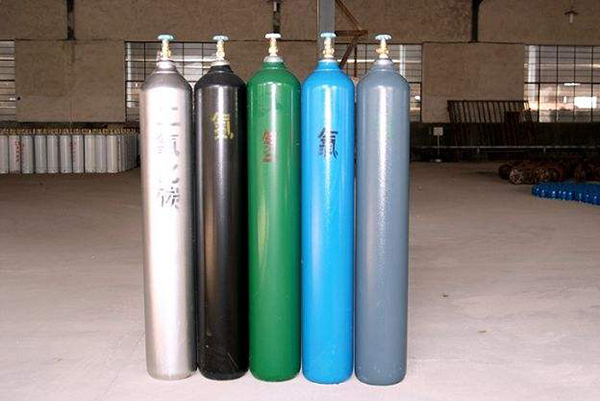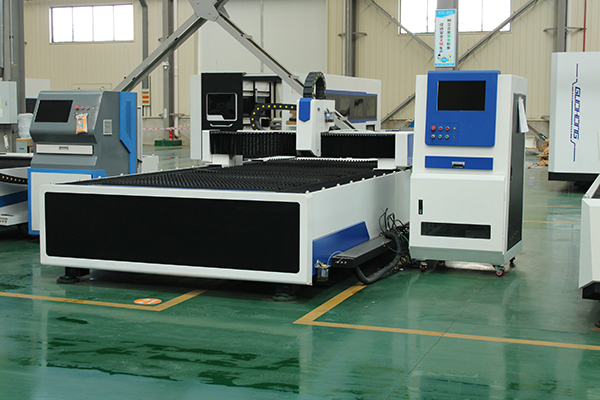Fiber laser cutting machine has been widely used in all walks of life since its listing. Guohong Laser will introduce to you which gas-assisted cutting of fiber laser cutting machine has the greatest advantages?
Let’s first understand the principle of the fiber laser cutting machine. The laser beam emitted by the fiber laser generator changes its direction by the reflector, and then it is focused by the lens to form a laser beam with power density. Melt, ablate, and complete the cutting. In the cutting process, if there is gasification, there is auxiliary gas. Our commonly used cutting auxiliary gases include nitrogen, oxygen and compressed air, and sometimes argon is used.
The main functions of the cutting auxiliary gas in the cutting process are as follows:
1. Blow off the melting stains caused by cutting in time to prevent the cutting melting stains from rebounding upward into the nozzle.
2. Combustion and heat dissipation;
3. Protect the focusing lens and prolong the service life;
The cutting materials are different, the power of the fiber laser cutting machine is different, and the auxiliary gas selected for different laser cutting processes is also completely different.
1. Oxygen
Oxygen cutting is mainly used for the cutting of carbon steel plates. During cutting, oxygen and iron elements produce a chemical reaction, which promotes the endothermic melting of the metal, which can greatly improve the cutting efficiency and cutting thickness, but due to the presence of oxygen, it will be on the end of the cut Obvious oxide film is produced, which will produce a quenching effect around the cut surface, which will have a certain impact on subsequent processing, and the end surface of the cut will become black or yellow.
2. Nitrogen
Nitrogen is used as a cutting auxiliary gas, which is often used for cutting stainless steel and aluminum plates.
A protective layer is formed around the metal of the cutting material to prevent the material from being oxidized and the formation of an oxide film. At the same time, it can be directly processed further, and the end surface of the cut is bright and white.
3. Compressed air
The auxiliary gas for stainless steel plate cutting uses compressed air. The air originally contains about a quarter of oxygen and three quarters of nitrogen. As far as the cutting speed is concerned, there is no pure oxygen flux cutting method as fast as the cutting quality. In other words, there is indeed no cutting method with pure nitrogen protection as effective. However, compressed air can be provided directly with an air compressor, which is easier to obtain than nitrogen, oxygen, and argon, and there is no risk that may be caused by gas leakage. The price of compressed air is very cheap. There is an air compressor and the compressed air is constantly flowing. The cost is probably a fraction of the cost of using nitrogen.
4. Argon
Argon is an inert gas like nitrogen, and it can also prevent oxidation and nitridation during laser cutting. However, the price of argon is high, and it is not cost-effective to use argon for ordinary laser cutting of metal sheets. Argon cutting is mainly used for titanium and titanium alloys.
Guohong Laser briefly sums it up. Although the quality of nitrogen for fiber laser cutting machines is good, the speed is a bit slow; the speed of oxygen is fast and the quality is poor; the price of argon is high and cannot be used in large quantities, only used in special circumstances; the price of compressed air It saves money, the speed cannot keep up with oxygen, and the quality cannot keep up with nitrogen, so it can be said that each has its own advantages and disadvantages.
Post time: Jun-18-2021




